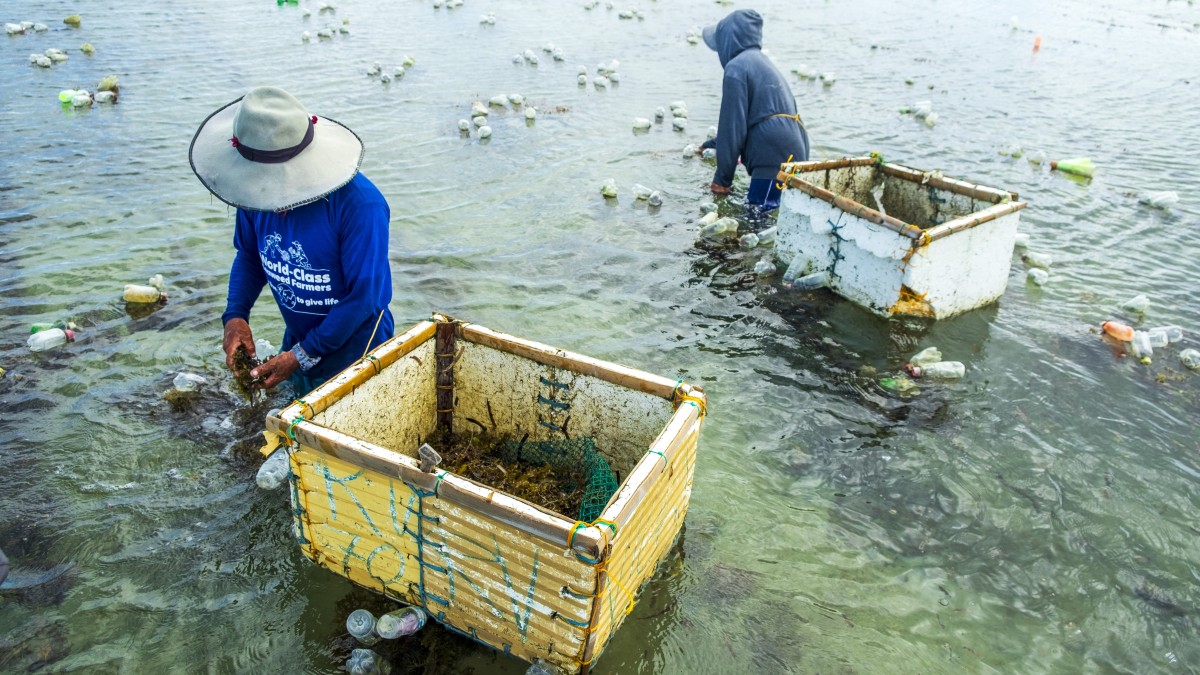
New Report Reveals the Emerging Finance Models to Bridge the Climate Funding Gap
How did your country report this? Share your view in the comments.
Diverging Reports Breakdown
New Report Reveals the Emerging Finance Models to Bridge the Climate Funding Gap
Despite climate and development finance growing, less than 17% of adaptation finance is allocated to building resilience in climate-impacted communities. Yet every $1 invested in disaster risk reduction returns $13 in savings, proving the value of local approaches. Findings show that investing in community-led adaptation is not only more equitable, but also cost-effective and delivers ‘triple dividends’
Yet every $1 invested in disaster risk reduction returns $13 in savings, proving the value of local approaches
New report from The Earthshot Prize details how both innovation and finance models must adapt to strengthen climate resilience and economic opportunity.
As climate impacts intensify, a rising tide of global climate finance is still missing the mark.
A new report released today from The Earthshot Prize, with contributions from CGAP and supported by the Mastercard Center for Inclusive Growth, reveals that communities most vulnerable to climate impacts are often the least economically secure, remaining overlooked by current funding mechanisms.
Adaptation finance accounts for just 5% of total climate finance, and of this, less than 17% has a specific focus on local communities, creating a compounding effect of financial precarity, climate risk and inequality and missing a crucial opportunity to scale community-led initiatives, which are often the most attuned to local needs and best-placed to deliver effective, sustainable solutions.
Findings show that investing in community-led adaptation is not only more equitable, but also cost-effective and delivers ‘triple dividends’: reducing losses, spurring growth, and driving broader development gains. Evidence cited in the report uncovers that for every $1 invested in disaster risk reduction, $13 is returned in savings, showing the economic efficiency of proactive, locally driven approaches.
The new report, Unlocking Critical Finance for Climate and Economic Resilience, reveals this untapped opportunity. Drawing on a first-of-its-kind analysis of over 2,200 innovations nominated to The Earthshot Prize, and a deep dive into proven financial mechanisms, the report has a unique dual focus — highlighting the innovations advancing climate and economic resilience, and the financial mechanisms making them possible.
